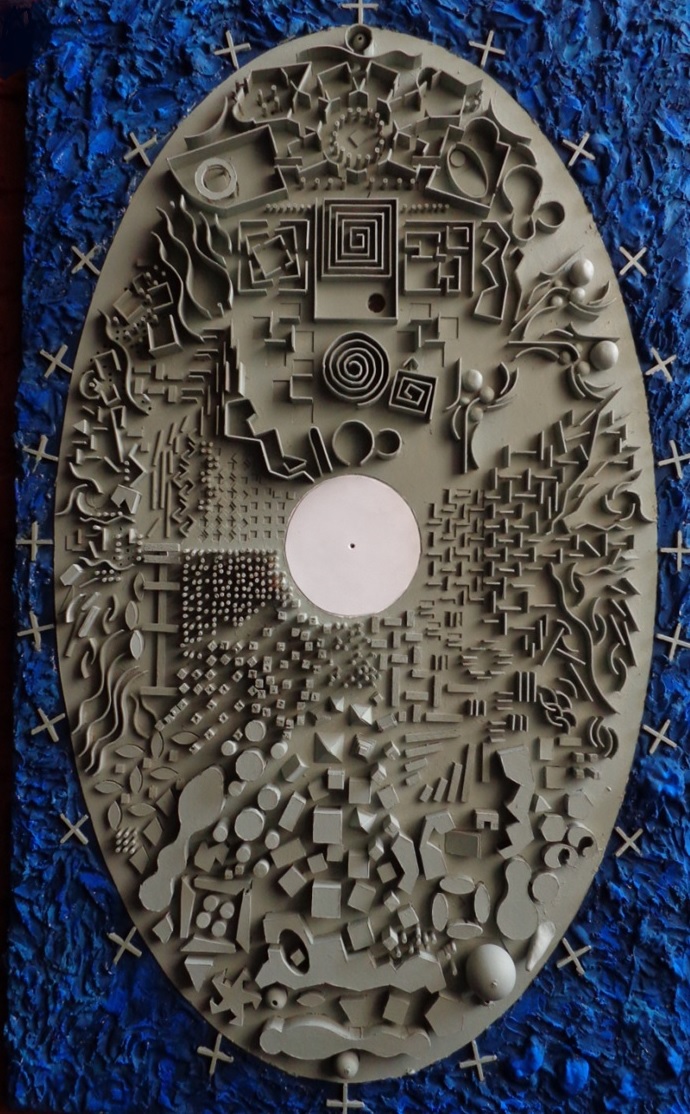Spatial metatypologies and their particular poetic project logics
Metatipologias espaciais e suas lógicas particulares de projeto poético
DOI:
https://doi.org/10.18861/ania.2023.13.2.3538Keywords:
metatypology, spatialities, project logics, Poetics, Esthetic, Phenomenology, Rhetoric, aesthetic experience, rhetorical operations, TypologyAbstract
This paper explores the notion of spatial metatypology, understanding it as a conceptual territory of ontological range within which the essential characteristics of the four basic spatial configurative metatypes are defined, opportunely explained in already published texts, and here revisited for further study and dissemination. These four spatial metatypes operate as the initial foundation, explicit or tacit, of the design processes that determine the configuration of the architectural form, and, therefore, of the level of quality of the existential environment that allows the performance of the rites and ceremonies of the social practices in which the human condition finds its identity and meaning.
Each spatial metatype tends to stimulate different and specific behavioral-emotional responses. Likewise, each spatial metatype to achieve its coherent and optimal configuration must express its principle of action, its reason for being, its identity, using to do so the configurational orientation of its own particular poetic project logic. The correct use of the various poetic or poetic project logic favours the coherent configuration of an environment that stimulates poetic living for harmonious growth, according to Heidegger.
A poetic or poetic project logic is a conceptual structure that organizes the formal configuration processes in order to obtain a product that can effectively satisfy the human needs that determine it, both those understood as primary, of a prosaic-utilitarian nature, as well as those conceptualized as secondary or spiritual.
The poetic action basically consists of configuring through rhetorical operations a semantically ambiguous, syntactically self-referential, and pragmatically exciting form, acting within and from the grammatical limits of an articulated language that allows establishing a rhythmic-metaphorical structuring.
These poetic project actions have generated archetypal responses for certain frequently used symbolic-operational architectural programs, thus originating the notion of typology as that territory that brings together these configurations to review and renew them critically, sometimes generating new typologies, understood Likewise, as architectural or formal ideas that increase disciplinary knowledge.
The teaching and practice of the architectural project can and should improve if the explicit learning of a theory of the poetic project is implemented that implies the recognition, demarcation and aesthetic-operational capacities of each of these metatypologies, as well as the wise use of their particular poetic project logics.
Downloads
References
Argan, C. G. (1984) El concepto de espacio arquitectónico desde el Barroco a nuestros días. Buenos Aires: Nueva Visión
Breyer, G. (1999). El ambiente de la vivienda. 47 al fondo (4) 50-57
Doberti, R. ; Giordano, L. (2020). Sistemática de las conformaciones. Buenos Aires: Infinito
Eisenman, P. (2008). Diez edificios canónicos 1950-2000. Barcelona: Gustavo Gili
Eco, U. (1986). La estructura ausente. Barcelona: Lumen
Hesselgren, S. (1973). El lenguaje de la arquitectura. Buenos Aires: Eudeba
Jakobson, R. (1981). Ensayos de Lingüística Genera., Barcelona: Seix Barral
Mallgrave, H. F. (2013). Architecture and embodiment. The The Implications of the New Sciences and Humanities for Design. London: Routledge
Mallgrave, H. F. (2010). The Architect's Brain: Neuroscience, Creativity, and Architecture ·, Chichester: Wiley-Blackwell
Mallgrave, H. F. (2018). From object to experience. London: Bloomsbury Publishing
Marti Aris, C. (1993). Las variaciones de la identidad. Un ensayo sobre el tipo en arquitectura. Barcelona: Serbal
Moore, Ch.; Allen, G. (1978). Dimensiones de la arquitectura: Espacio, forma y escala, Barcelona: Gustavo Gili
Muntañola Thornberg, J. (1981) Poética y arquitectura. Barcelona: Anagrama
Norberg-Schulz, Ch. (1998). Intenciones en arquitectura. Barcelona: Gustavo Gili
Panofsky, E. (1985). La perspectiva como forma simbólica. Barcelona: Tusquets
Pokropek, J. (2015). La Espacialidad Arquitectónica. Introducción a sus lógicas proyectuales para una morfología de las promenades, Buenos Aires: Nobuko
Propp, V. (2008) Morfología de los cuentos. Madrid: Akal
Ras, H. F. (1989). Ensayo Sobre Morfología, Conducta y Estética. Buenos Aires: FADU-UBA
Ras, H. F. (1999). El entorno y su imagen. Buenos Aires: Laf
Rossi, A. (1979). La arquitectura de la ciudad. Barcelona: Gustavo Gili
Rowe, C. (1978). Manierismo y arquitectura moderna y otros ensayos. Barcelona: Gustavo Gili
Venturi, R. (1999). Complejidad y Contradicción en la Arquitectura. Barcelona: Gustavo Gili
Waisman, M. (1985). La estructura histórica del entorno, Buenos Aires: Nueva Visión

Published
How to Cite
Issue
Section
License
Copyright (c) 2023 Jorge Pokropek

This work is licensed under a Creative Commons Attribution 4.0 International License.
The journal and its contents are licensed under the Creative Commons - Attribution 4.0 International License (CC BY 4.0). It is possible to copy, communicate and publicly distribute its content as long as the individual authors and the name of this publication are cited, as well as the publishing institution (Universidad ORT Uruguay).

